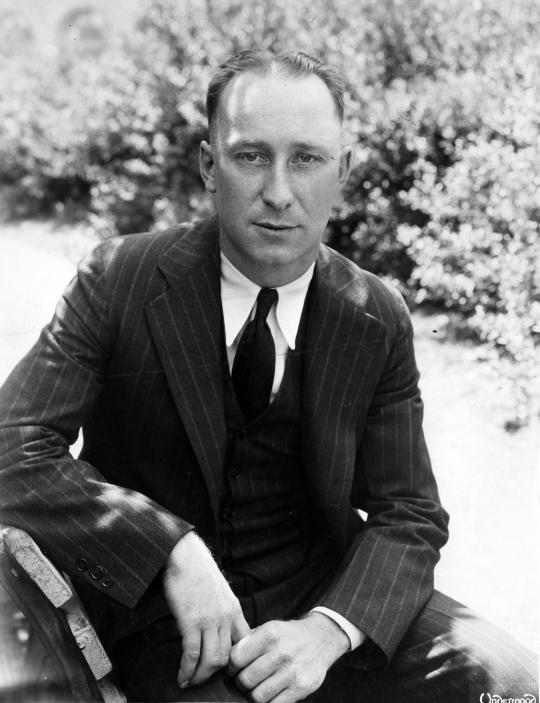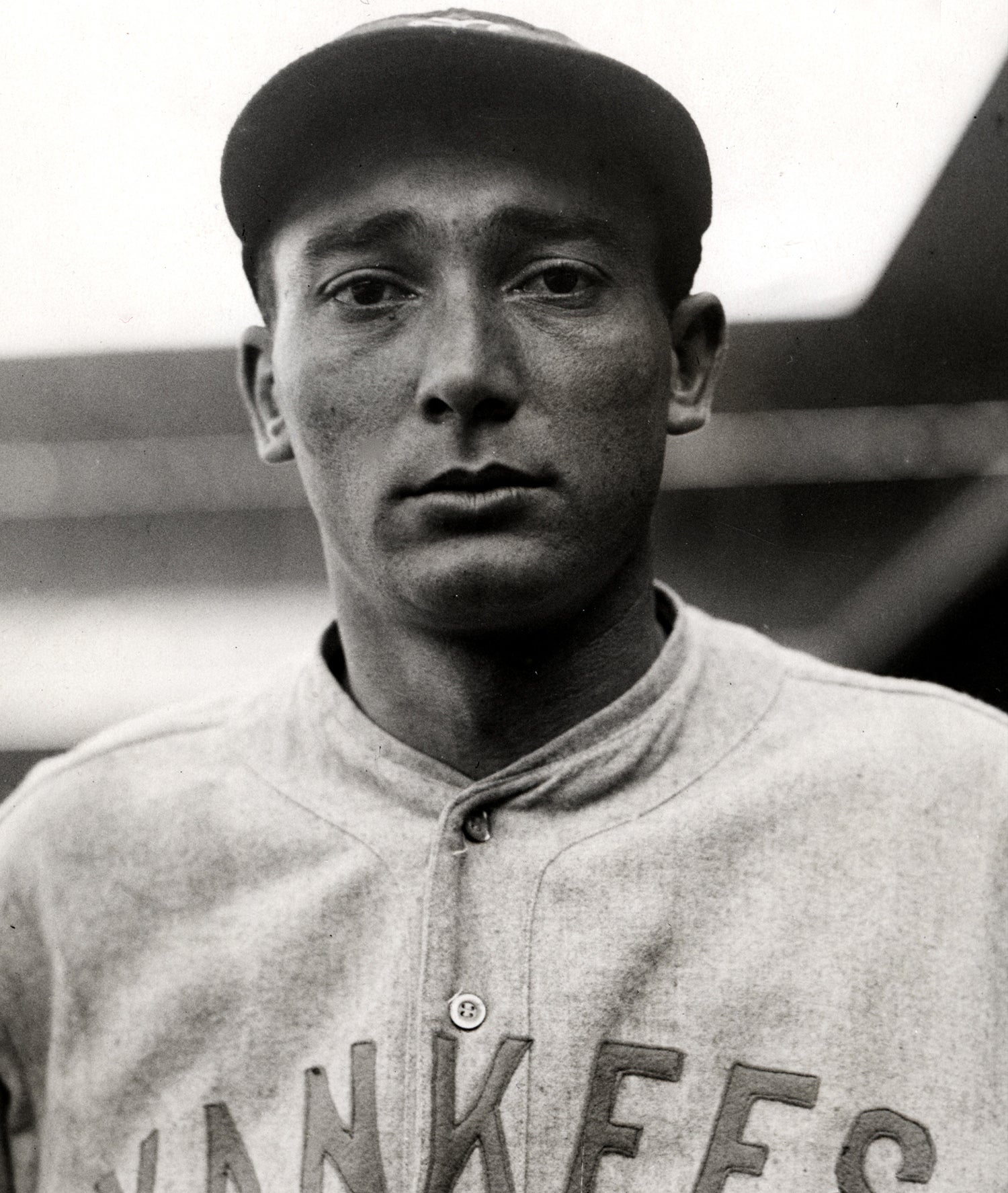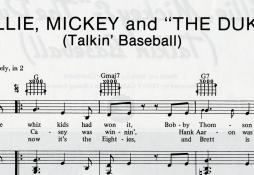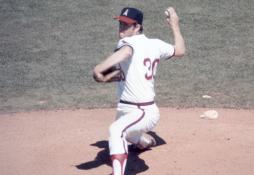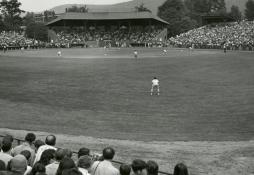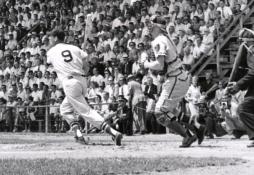- Home
- Our Stories
- Duck Eye’s Debut
Duck Eye’s Debut
The 1927 “Murderer’s Row” Yankees are still considered by many to be the most dominant team in major league history. So when one looks at the Pintstripes’ roster from the season before – and sees that many of the players are the same – it might be natural to wonder how they didn’t win the World Series that year, too.
That Yankees team came close, of course. The 1926 Fall Classic contained several memorable moments from future Hall of Famers. There was Cardinals’ knuckleballer Jesse Haines’ masterful two victories, in which he allowed just two total runs to the Yanks’ potent lineup. Jim Bottomley and Rogers Hornsby combined for nine RBI. Thirty-nine-year old Grover Cleveland Alexander struck out Tony Lazzeri with the bases loaded in Game 7, and Babe Ruth was caught stealing to seal the series for St. Louis.
Amid the grandeur and suspense, a 28-year old rookie pitcher named Myles Thomas made his World Series debut in the fall of 1926. Though his pitching performance – one earned run over three innings in relief – was serviceable if not memorable, his name lives on in Cooperstown thanks to an artifact in the Museum’s collection.
This baseball was signed by members of both the Yankees and Cardinals during the ’26 Series. Babe Ruth’s signature is the largest on the ball, unsurprisingly, but Thomas’ autograph is also prominent as the first name above ‘New York Yankees.’
Thomas, a graduate of Penn State, enjoyed his best season in 1927 when he went 7-4 with the Yankees. He compiled that record despite a 4.87 earned-run average, perhaps speaking to the incredible clout of the lineup supporting him. He was known as “Duck Eye” on the club thanks to a nickname given to him by the Bambino himself. Ruth was not adept at remembering names, and so he gave Thomas his avian moniker because he thought the pitcher’s flattened eyelids resembled those of a duck .
Hall of Fame Membership
There is no simpler, and more essential, way to demonstrate your support than to sign on as a Museum Member.
Though he pitched just five seasons in the big leagues, Thomas’ arrival in 1925 was received with fanfare. On Dec. 17 of that year, The New York Times wrote, “Good news for Yankees fans. Miller Huggins announced yesterday the purchase of one of the best minor league pitchers in the country, a young man named Myles Thomas.”
The prospect won over 60 games in the minors, prompting a bidding war between the Yankees and Detroit Tigers owner Frank Navin. The Times reported, “Colonel Jacob Ruppert removed several layers from his bank roll to get this lad.” Huggins reportedly saw Thomas try out back in 1921 and passed on signing him, however, leading The Times to opine, “That sniff may have cost the Yanks a large sum of gold.”
Thomas didn’t play in the Bronx Bombers’ 1927 and 1928 World Series triumphs, but he earned himself two rings for contributing to the team’s regular season successes. After his release from the Washington Senators in 1930, he put together an 18-6 season for the minor league Newark Bears and later coached for the Toledo Mud Hens. Myles Thomas passed away in Toledo, but his memory and that of the other participants in the classic ’26 Series are preserved in Upstate New York.
Matt Kelly was the communications specialist at the National Baseball Hall of Fame and Museum
Related Content
Mentioned Hall of Famers
Related Stories
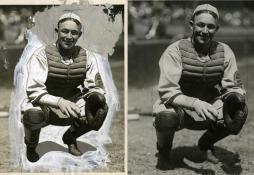
Conlon photos become truly timeless
Hall of Fame Celebrates World Series Weekend, Honoring San Francisco Giants, Aug. 1-2 in Cooperstown
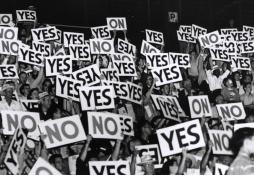
Bill Veeck holds ‘Grandstand Managers Night’
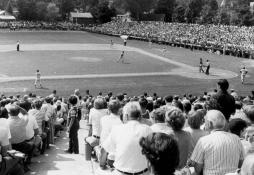
1975 Hall of Fame Game
Curtain Rises on Hall of Fame Weekend as Ozzie Smith and Friends Return to PLAY Ball

#CardCorner: 1967 Topps Joe Foy

Jim Bottomley Named NL MVP
Hall of Famer Carlton Fisk Featured in Nov. 7 Voices of the Game event as Museum Unveils Whole New Ballgame Exhibit
01.01.2023
BA MSS 67, Folder 15, Corr_1946_4_26
01.01.2023


